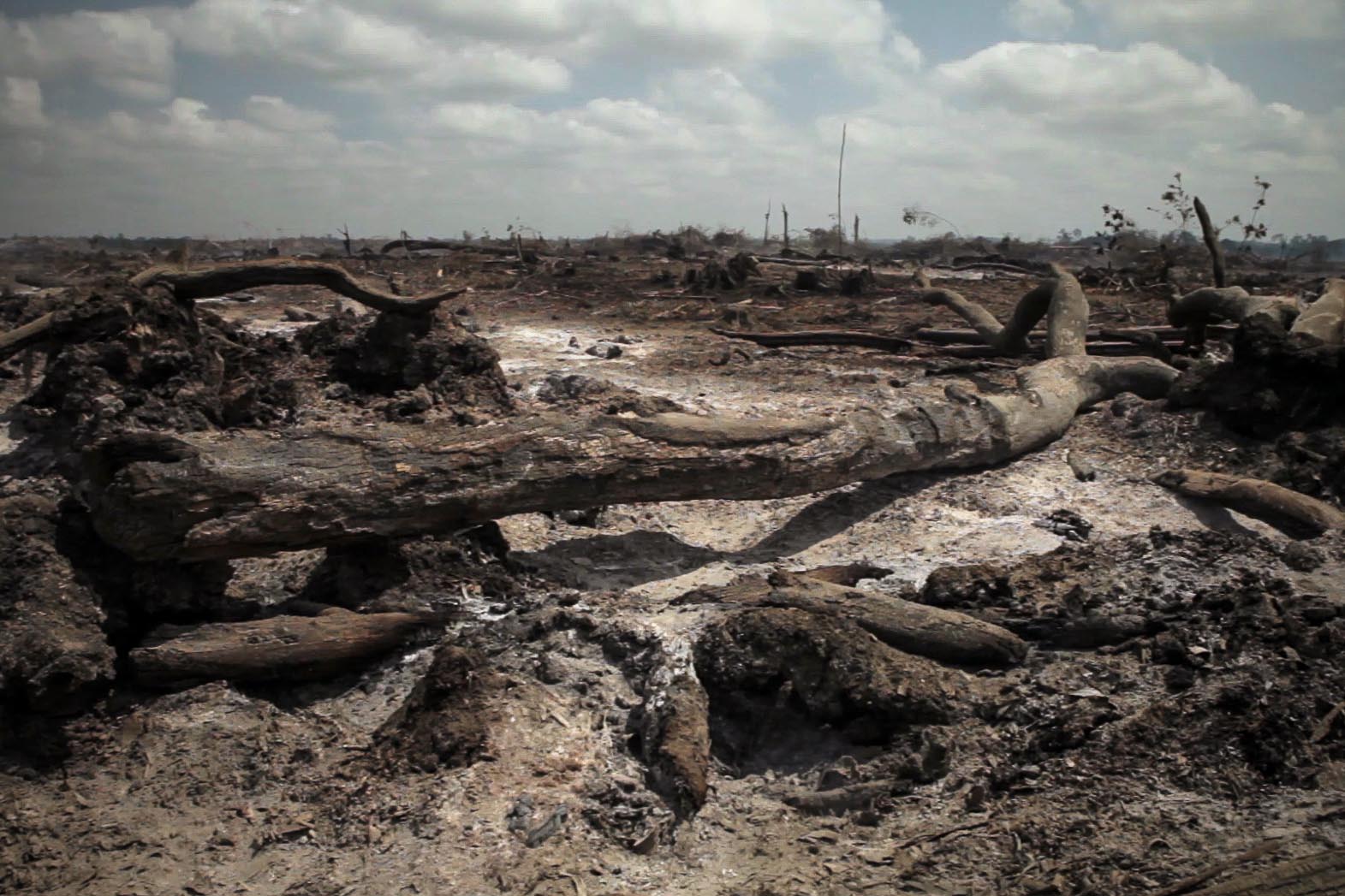
Gliding through the waters of the Xingu River in Pará, between white sand beaches and four-story trees, the contrast is intense when the boat approaches an island shrouded in smoke. The ground, covered by a thin layer of white powder, is still hot. There are no trees standing. All that is visible are tree trunks transformed into coal and piles of dry branches. The wind stirs still-burning embers. In the center of the island, surrounded by the marks of the fire, lays a dead alligator.
The fire was no accident, and soon uniformed officers arrive equipped with fuel and torches. They spread the flames over the piles of dry vegetation. The orange-colored uniforms read: Belo Monte (see note at the end of the report). They are employees of Norte Energia, a company outsourced by Belo Monte to clear the area that will become a lake. The hydroeclectric plant has permission to deforest up to 43 thousand hectares, some of which falls within Permanent Protection Areas (APPs).
The burning was authorized by the Brazilian Institute of Environment and Renewable Natural Resources (IBAMA), but it has been criticized by environmentalists, local residents, and public authorities. “The smoke harms the environment, and for this reason [burning] is prohibited by law,” says Luiz Alberto Araújo, municipal secretary of the environment in Altamira, one of the municipalities where the plant is located. “Small farmers can’t [set fires], but IBAMA gives the plant authorization. It’s a double standard.”
In theory, the authorization is only for burning twigs. The logs should be turned to sawdust and used. Instead, the report witnessed dozens of logs being burned and dozens more turned to ashes. On condition of anonymity, workers confirmed that the burning of logs is a standard procedure.
The report also visited islands where deforestation was taking place. Monkeys screamed from the tops of trees that were being sawed down. Some jumped free only just before the trees fell. “Monkeys are smart; they jump and don’t get hurt. Sloths don’t [jump],” said an employee who asked not to be identified. “I won’t lie – they always die. Sloth don’t have the agility of monkeys. We often find the creatures broken, with broken hands or broken legs. Or even dead.” The plant is required to employ a team that removes the animals during deforestation, but on one of the islands we visited, the trees were being cut down for more than an hour without the presence of the rescue team.
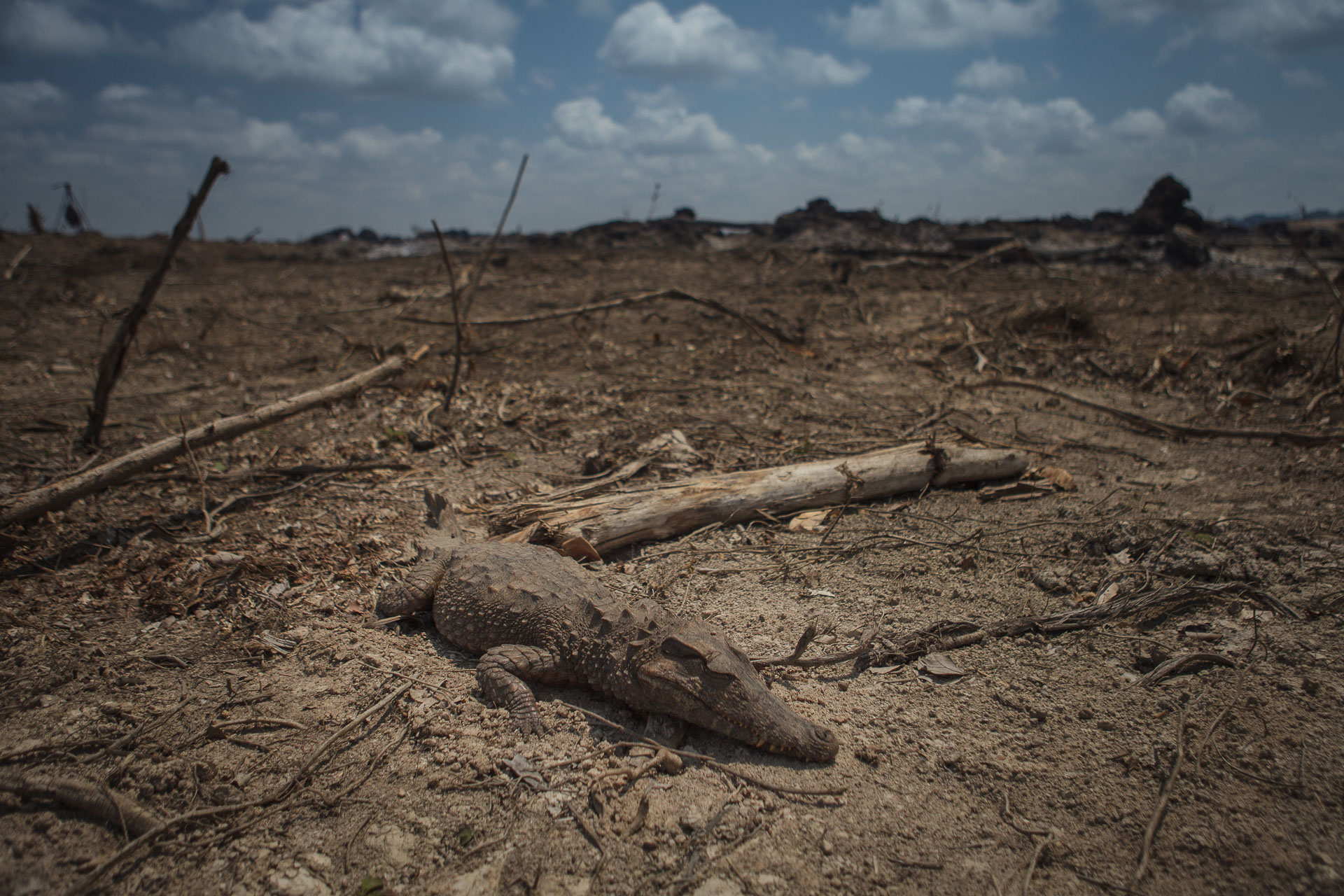
After hearing complaints made to Repórter Brasil, IBAMA confirmed the “unauthorized burning of wood material” and the “complete irregularity” of the absence of the rescue team. Norte Energia, Belo Monte’s responsible agency, has already been fined for burning timber and cited for failure to rescue animals. “If recurrence of the infraction [burning treetrunks] is confirmed, a new penalty will be applied according to the increase laid down by law,” declared the environmental licensing director of IBAMA Thomaz Miazak de Toledo. Norte Energia did not respond to questions about the fires and rescue of animals.
The burning of trees and animal deaths is only the first stage of a vicious cycle that marks the relationship between Belo Monte and the surrounding forest. Authorized to devastate thousands of hectares, the plant should use the timber for its own purpose or donate it for external use. The entry of large volumes of timber into the local market would help reduce the pressure on the forest. This was the plan, and one of the conditions, for the project’s approval. In practice, things turned out very differently.
Trees thrown away like trash
Besides burning trees, Belo Monte has also wasted timber by abandoning treetrunks out in the open. The reporter visited three Belo Monte stockyards full of rotten timber. In one, the timber had been abandoned for so long that climbing plants lined the log piles. Soon, they could disappear within the forest entirely.
At the Laranjeiras Urban Resettlement – a housing development built on the outskirts of Altamira to house the evicted ribeirinhos [river-dwelling people] – the trunks were already cracked from the inside. Among them were chestnut logs, a tree protected by law that the plant was not allowed to knock down outside of the area to be flooded. The species was identified by Lindomar Andrade, the inspection coordinator for the Secretary of the Environment: “These trees were taken away and left out in sun and rain. Everything was ruined.”

“This is an extravagance,” said the surprised river-dweller João Pedro da Silva, when he learned that Norte Energia felled so many trees to build his home. He was removed from the burned islands and placed in the resettlement. The locale looks like the housing projects from the 1970s, with dozens of rows of identical houses surrounded by dry land. Since he was removed, he suffers from the heat and from “memories in his chest.” His old house on the riverbank was “lined” by the forest. Norte Energia didn’t leave a single tree standing in the new neighborhood.
The amount of waste is unknown since mid-2014, when the plant stopped disclosing the volume of felled trees. IBAMA’s last report said that Belo Monte had used only 10% of 115 thousand cubic meters of timber felled for the project. The proportion could be even smaller, since the trees felled in 2015 were not included, the year in which activity was more intense. The plant can deforest up to 3.9 million cubic meters.
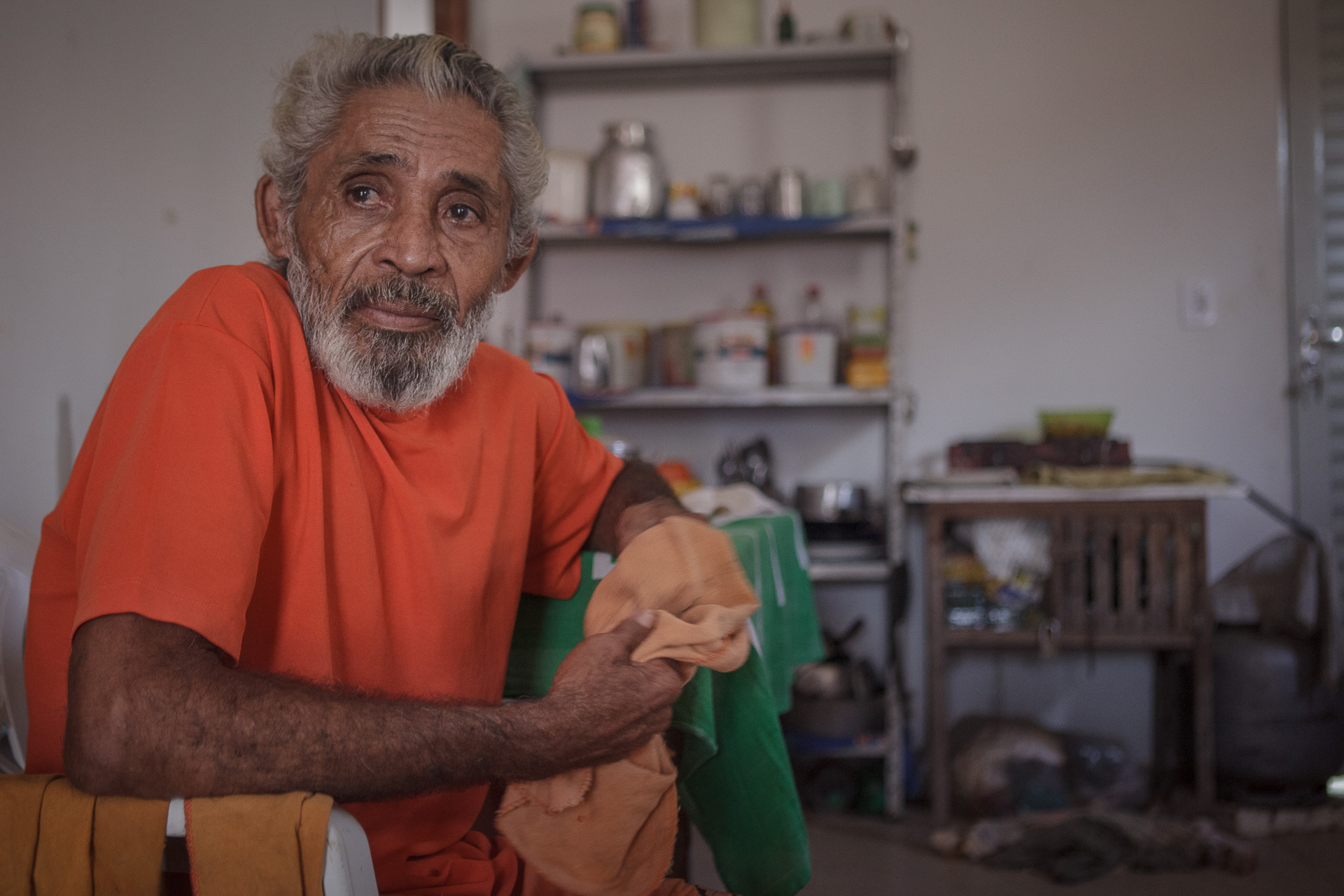
The lack of transparency is evident thanks to the work of ISA researchers, who pored over thousands of licensing documents. They encountered several IBAMA experts documenting the disorder in dealing with timber. In 2013, the lack of control was so blatant that a technical expert recorded: the Belo Monte building sites could become “wood sinks.”
“For the past three years, IBAMA technicians have claimed that Norte Energia doesn’t control how much timber is produced, but the institution has never imposed a fine for that,” says Amorim of the ISA. Provoked by the institute’s accusations, the Federal Public Prosecutor’s Office of Altamira opened a public civil inquiry to investigate Belo Monte’s timber management.
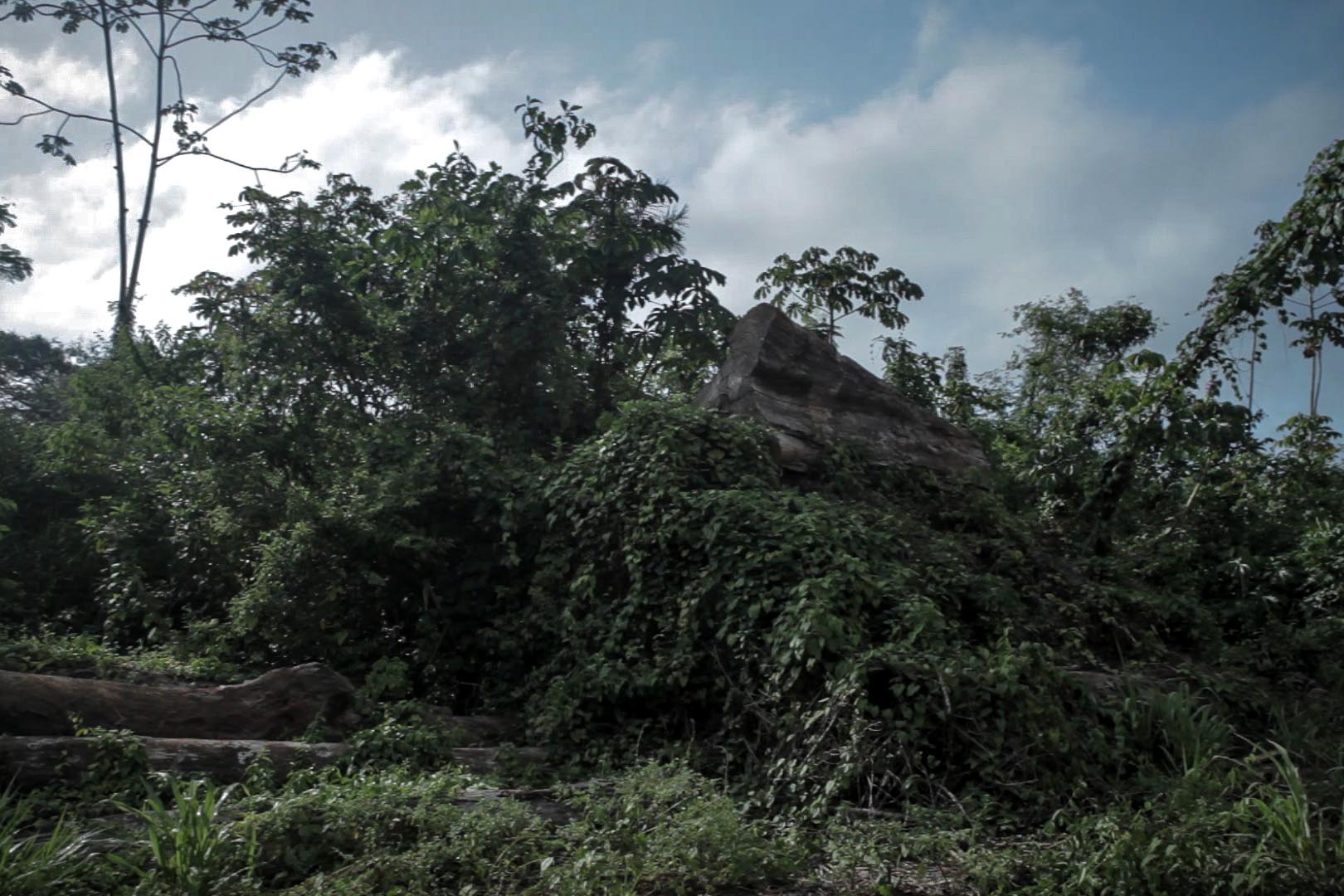
When asked why IBAMA doesn’t employ more effective accountability to mandate the control and use of timber, the environmental licensing director argued that it is a complex operation. “We set targets, and we don’t intend to accommodate wood rotting on building sites, but Norte Energia has no interest in using this wood,” he says.
According to him, Belo Monte was the first plant required to develop a utilization plan for the wood. The start of the process for clearing the islands was delayed by a year because the plant procrastinated the announcement of the final destination for felled trees. The plan for the wood was to turn it into charcoal for use in Pará’s steel industry. According to Toledo, the plan fell apart with the industry’s crisis.
Heating up the illegal market
In the same week that the report documented the wasted timber, Belo Monte was fined 250 thousand reais (US$64,130) for purchasing irregular wood. Among other evidence that the wood was illegally obtained, invoices did not match the transported species. The fine took place in August. In April, IBAMA had already cited the plant and the supplier for the same offense. This doesn’t mean that all timber bought by the plant is illegal in origin, but it shows that the plant is not controlling its supply chain, since it continued to use the cited company. According to IBAMA, Belo Monte bought 514 cubic meters of irregular wood.
But why does the plant prefer to leave its timber to rot while it purchases wood from a contaminated market?
In the region, the transport and treatment of wood – following environmental regulations – are more expensive than buying the finished product. A trader explains: “lawlessness prevails in the timber industry here. Our regulated industry has floundered. Eight private companies have closed,” says Maria Augusta da Silva Neto, director of the Rural Agricultural Workers’ Union and a former businesswoman in the timber industry. “Costs are high for those who want to work within the law. No one can survive competition from the black market.”

Environmental crimes are committed out in the open. The reporter followed an unmarked truck carrying logs from the Cachoeira Seca Indigenous Territory to a sawmill. The sawmill is authorized to receive only timber from management plans – places where wood can be felled in a controlled manner. This is how illegal timber finds leverage.
The scheme is rooted in the market and in local politics. “Organized crime is operating in Pará. The state issues false credit to a management plan that doesn’t perform any management at all,” says Luciano Evaristo, IBAMA’s environmental protection director. He criticizes the ease with which the plans are approved by the state government. “The state doesn’t carry out inspections. It’s poorly monitored and doesn’t pass on data for the federal agency to monitor.”
Belo Monte purchases from this market. “By the end of 2012, the plant had purchased 17 thousand cubic meters of wood, equivalent to 800 truckloads of logs, a gigantic amount for the region. Belo Monte unnecessarily heated up the illegal timber market in the region, since it could have used the same wood it fells,” said Amorim of the Socio-Environmental Institute.
The purchase of wood is also investigated by the Federal Public Prosecutor’s Office. “We suspect that the acquisition of wood for sawmills does not comply with the laws,” said federal prosecutor Higor Rezende Pessoa. “Large volumes of timber acquisition from suppliers that don’t have forest certification results in the illegal logging of indigenous territories and federal public lands.”
Invasion of land and violence
When we look at the plant’s immediate surroundings, it is easy to understand why throwing away timber is reason enough for opening an inquiry. The construction project is wedged inside of an explosive frontier. On the one hand, indigenous territories and conservation areas are home to the last trees of high economic value in the region. On the other hand, violent occupation has been inherited from the opening of the Trans-Amazonian highway in the 1970s, an area in which, even today, land conflicts are decided by the “law of the mighty.”
Belo Monte’s arrival throws wood on the fire. First, by burning trees and buying wood from outside, the plant injects money into an industry tainted by lawlessness. Then, the plant attracts people from all over the country. With the population increase, local demand for wood, agricultural products, and land is growing, which accelerates the invasion of preserved and indigenous areas. This impact is officially predicted by the plant’s own studies.
During its construction from 2010 to 2014, the rate of deforestation was 53% higher than what was projected for the region. The study is by Paulo Barreto, a researcher at the Institute of Man and the Environment in the Amazon (Imazon). During the licensing, Barreto was hired by Norte Energia, at IBAMA’s request, to predict the level of deforestation. Barreto projected that over 20 years, Belo Monte could be responsible for the further deforestation of up to 500 thousand hectares. This area corresponds to what has already been deforested in the Amazon in 2014.
IBAMA and Norte Energia contest the study. The government and businesses align together defending the plant from claims that it is responsible for the destruction of the surrounding forest. According to the IBAMA’s environmental protection director, deforestation within a radius of 100 kilometers from the plant fell more trees than the average of Amazônia state. In a statement, Norte Energia argues that deforestation was already a problem before the arrival of the plant. “It is naive to claim that Belo Monte is the driving problem [behind deforestation], which for years has not been appropriately addressed.” The company also questioned the methodology used by the Imazon study (Read the complete statement). There is an aspect that no number can reach: the local reality. A visit to the indigenous territories in the plant’s impact zone shows the traffic of unmarked vehicles. As the sun rose early one morning, the reporter passed five of them in a row. Each one carried large logs; none bore a company logo. Loggers evade radars and satellites to steal only the most valuable trees, without making clearings.
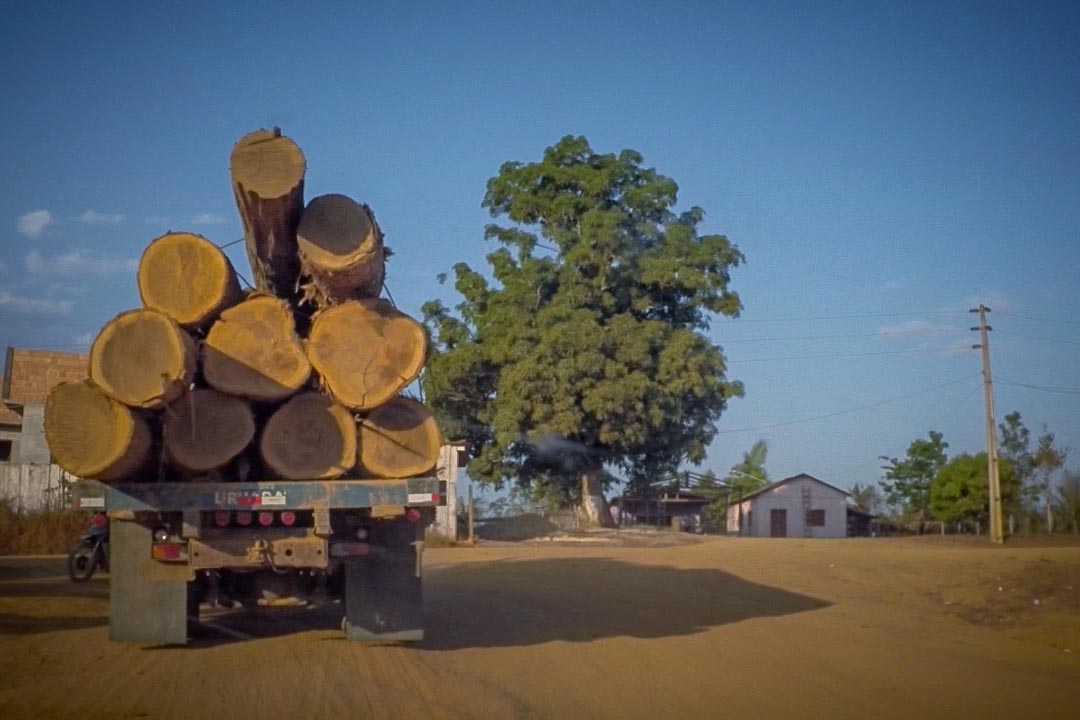
In the same locale visited by the reporter – the Cachoeira Seca Indigenous Territory – Norte Energia should have built two checkpoints.
Belo Monte was only approved on condition that it would invest in the protection of territories that would suffer more pressure following the plant’s arrival. This Territorial Protection Plan was one of the conditions for the construction project to take place. The plant was supposed to erect 21 checkpoints on indigenous lands and hire 122 technicians – all of this before the start of construction. Five years later, the plant is already asking for permission to operate and the checkpoints are not yet functioning.
If it depends on the plant, most of them never will. Norte Energia proposes to replace checkponts on the ground with satellite monitoring, reducing the number of posts from 21 to 11. For those who closely monitor the effects of the project, cutting local bases is a mistake. “The satellite is a support tool that cannot replace local stations and officials,” says Marcelo Salazar of the ISA. IBAMA already works with mobile teams and the biggest difficulty is that when the inspectors leave, everything returns to “normal.”
Norte Energia’s Superintendent of Indigenous Affairs, Thomas Sottili, asserts that the change is being made with the government’s endorsement. “It was a dialogue between FUNAI [National Indian Foundation] and the federal government. They ended up seeing that FUNAI would struggle to occupy these units. Therefore, our proposal would be more efficient.”
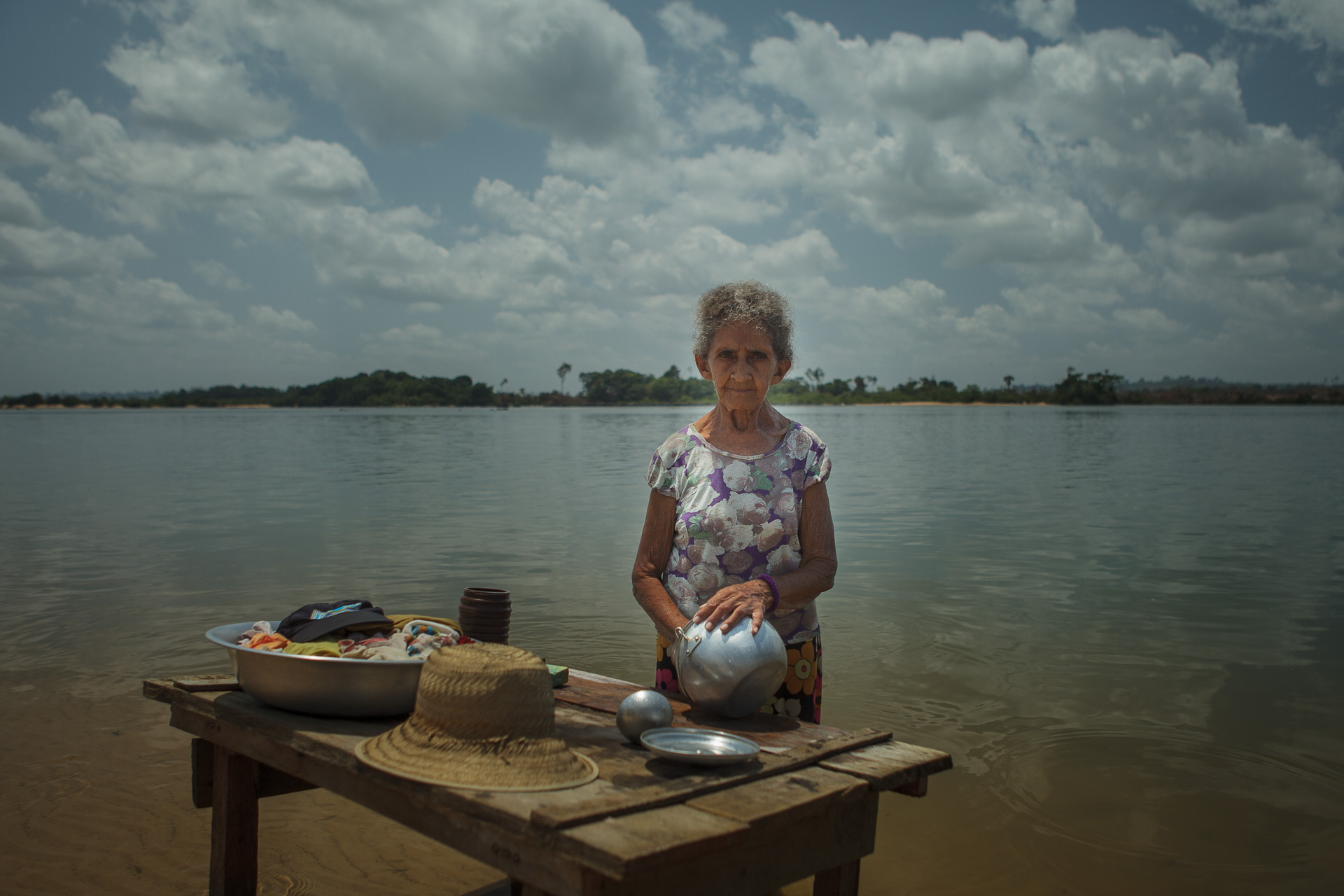
With or without changes, federal prosecutor Thais Santi is eager to see the protections reach indigenous people. “The impacts have already occurred and will increase because the beginning of the operation is one of the worst moments for territorial protection. This is when the seedbeds are disturbed and the human presence increases,” affirms Santi, who follows the plant’s impacts on indigenous people.
The circle is closing for the indigenous people who live in Cachoeira Seca. This group of Arara people has had contact with FUNAI for only 30 years. For this reason, the indigenous rights agency does not authorize press visits to the village. But armed loggers certainly go there. The indigenous people are cornered within their land, and already avoid hunting in certain areas. “They are terrified, and won’t stand it for very long,” says José Cleanton Ribeiro, coordinator of the Indigenous Missionary Council (Cimi) in Altamira and who lived in the village for four years. “Some are already talking about looking for another place [to live]. My concern is that the loggers will expel them from there.”
Who does Belo Monte answer to?
The protection of the lands surrounding Belo Monte is a task shared between Norte Energia and federal, state, and municipal governments. On some fronts, however, nobody assumes the responsibility.
This is the case for the necessary eviction of non-indigenous residents from indigenous territories. Norte Energia’s Sottili argues that repressive actions are the state’s responsibility. IBAMA’s Toledo says that indigenous matters are the responsibility of FUNAI. Thus, the hot potato ends up in the hands of the agency with the least political capital to mobilize the necessary agencies.
Attorney Thais Santi points out the dangerous exchange of hats that contaminates the plant’s supervision. Norte Energia has Eletrobras as its main shareholder (49.9%), a company controlled by the federal government. Since being Minister of Mines and Energy, President Dilma Rousseff has been actively dedicated to Belo Monte’s approval. The president’s administration set in motion the suspension of security, a mechanism used by the military regime, to impede the justice system from judging the merit of the 22 lawsuits brought by the Public Prosecutor’s Office. Despite direct interest, IBAMA is a federal government agency, which oversees and authorizes the operation of the plant.
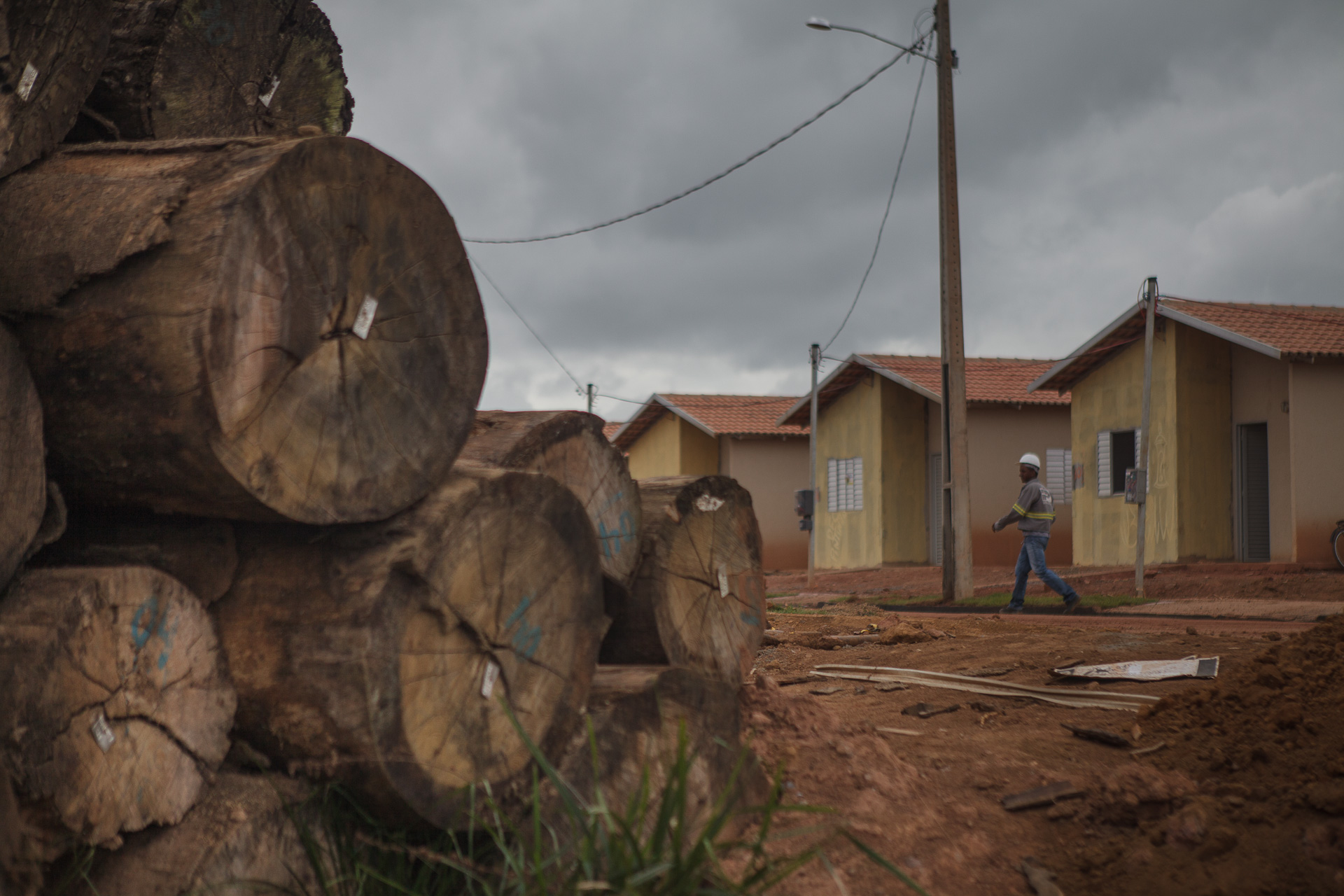
Belo Monte has requested and is awaiting authorization to begin running. In September, IBAMA gave the first refusal to the plant, postponing an Operating License while the plant’s steps to reduce impacts have not been completed. This moment was seen as crucial by the entities accompanying the project. For many, it is the last chance to correct the most serious errors and ensure that at least minimal care will be taken.



